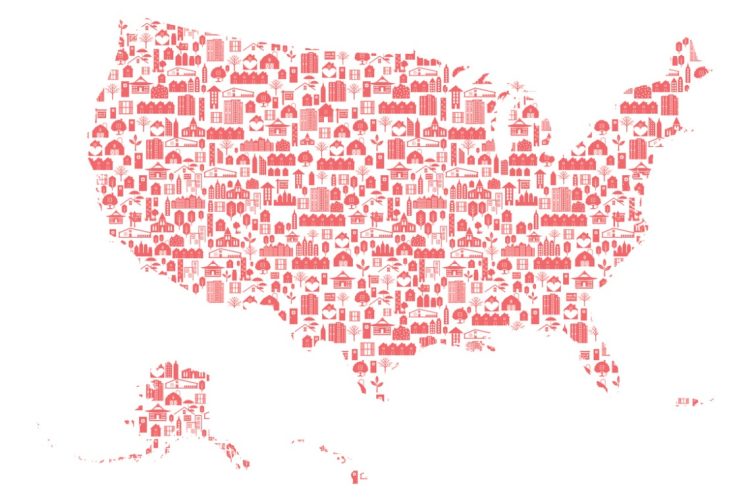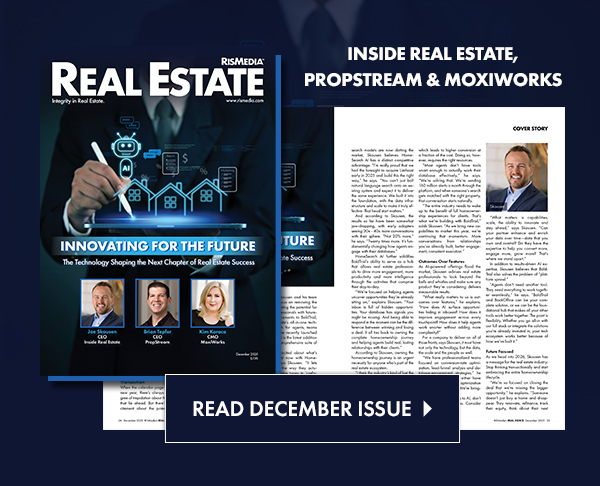The summer of 2025 saw “record-high” home prices while recent reports show first-time home-buying fell. Are prices keeping buyers out of the market?
According to the latest findings from the National Association of Realtors® (NAR), home prices rose in 77% of U.S. metro markets during Q3 2025, up slightly from 75% in Q2. The remaining 23% experienced price declines, compared to 24% the previous quarter. Only 4% of metro areas experienced double-digit price gains, compared to 5% in Q2.
“Home sales have struggled to gain traction, but prices continue to rise, contributing to record-high housing wealth. Markets in the supply-constrained Northeast and the more affordable Midwest have generally seen stronger price appreciation,” said NAR Chief Economist Lawrence Yun in an NAR press release.
The national median home price reached $426,800, unchanged from the Q2 annual growth rate of 1.7%. The monthly mortgage payment on a typical existing family home was $2,187, down 2.8% from the previous quarter but up 2.1% from Q3 2024—average share of a typical family’s income spent on mortgage payments was 24.8%, down slightly year-over-year. For first-time homebuyers, the typical monthly mortgage payment was $2,146, or a 37.4% share of typical family income.
Regionally, only the West saw an annual decrease in median price (by a mere 0.1%), but it posted the highest median price overall at $633,900. The Northeast had the second-highest median price—$540,100—as well as the highest annual growth rate (6%). The Midwest had the lowest median price—$331,000—and trailed just behind the Northeast in annual price growth (4.2%). The South posted a modest 0.5% annual growth rate, bringing its regional median price to $372,800.
“Price declines are occurring mainly in Southern states, where there has been robust new home construction in recent years,” added Yun. “Given the region’s faster job growth, these price drops should be viewed as temporary and as a second-chance opportunity for those previously priced out of the market.”
The 10 large markets with the highest price increases in Q3 were all located in either the Northeast or the Midwest, correlating to larger regional trends:
- Trenton, New Jersey (up 9.9%)
- Lansing, Michigan (9.8%)
- Long Island, New York (9.4%)
- New Haven, Connecticut (9%)
- New York City, New York/Jersey City, New Jersey metro area (8.1%)
- Manchester and Nashua, New Hampshire (8%)
- St. Louis, Missouri (7.9%)
- Bridgeport-Stamford-Norwalk, Connecticut (7.8%)
- Toledo, Ohio (7.7%)
- Cleveland and Elyria, Ohio (7.7%)
The most expensive markets were largely found in California, though with two outliers found in Hawaii and Connecticut, respectively:
- San Jose-Sunnyvale-Santa Clara ($1,915,000)
- Anaheim-Santa Ana-Irvine ($1,400,000)
- San Francisco-Oakland-Hayward, California ($1,315,000)
- Urban Honolulu, Hawaii ($1,127,900)
- Salinas ($1,019,900)
- San Diego-Carlsbad ($1,009,500)
- Los Angeles-Long Beach-Glendale ($954,100)
- Oxnard-Thousand Oaks-Ventura ($935,700)
- San Luis Obispo-Paso Robles ($931,800)
- Bridgeport-Stamford-Norwalk ($844,900)
For the full NAR Q3 report, click here.












